Essential Guide: Royal Follies
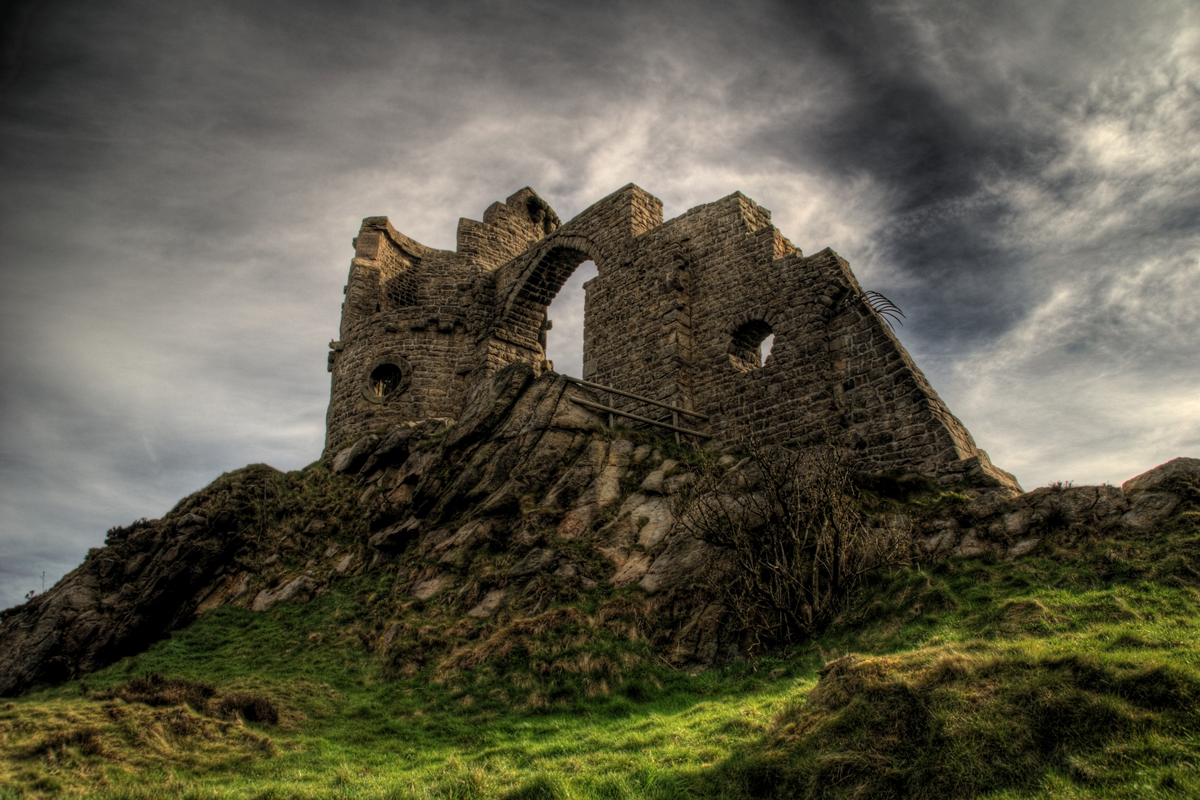
The Folly at Mow Cop, 1754 (Source: _DaveAdams)
“Folly” is a word one normally associates with a certain type of tragedy, one that could have been prevented but was not, ie: Charge of the Light Brigade, purchase of Alaska, etc.
However, in architecture “folly” implies something else entirely. It is normally meant to refer to a building that has been constructed solely for the purpose of ornamentation or decoration. Alternatively, it can also be used to refer to a building that may have a purpose but whose design is far too elaborate for the purpose.
Follies as architectural structures originated in Europe during the 1700s. Throughout France, England, Russia, and many other European kingdoms the practice of building these installments flourished. One of the main reasons behind this abundance of seemingly useless structures is rooted within the social stratification of European society at the time.
These Follies were almost exclusively funded by either members of the Royal Family, or by the rich aristocrats who engaged within the same social circles. In some cases these Follies were even used a certain type of public works project, a tool that aristocrats would employ to keep the families who lived on their land working and happy in times of want.
Collected below is a short list of some of the most interesting follies found throughout the world.
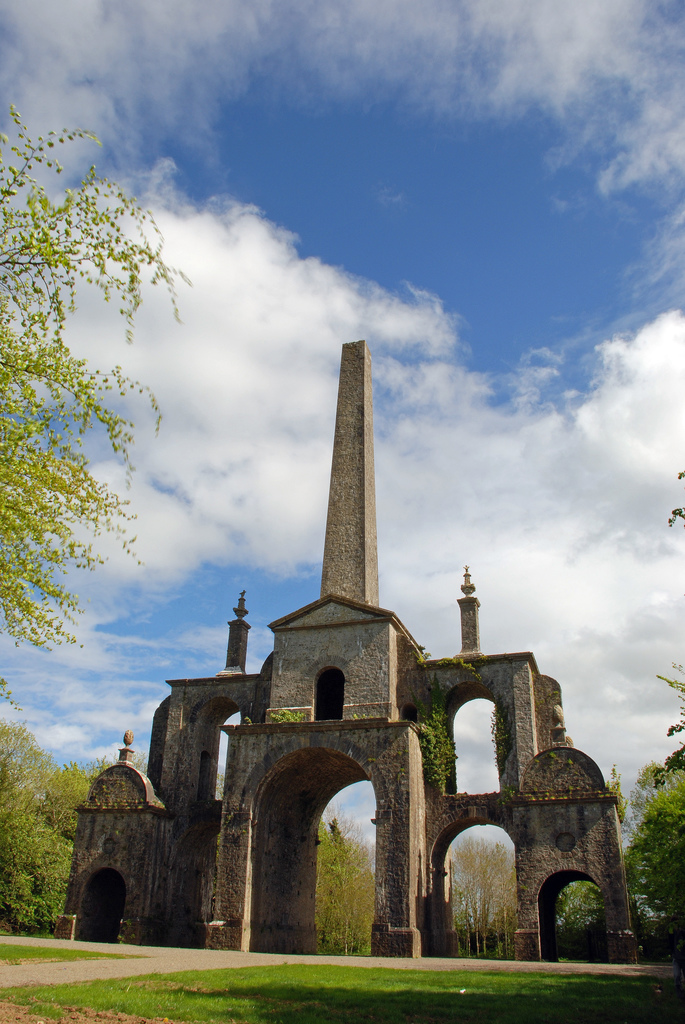
Connolly’s Folly - County Killdare, Ireland
Obelisks and stone pineapples in the Irish countryside
Constructed in 1740 at the height of the Irish famine, this folly served as a centuries-old precursor to Roosevelt’s New Deal providing starving Irishmen with paying work: building a castle facade in the middle of nowhere… (continue reading)
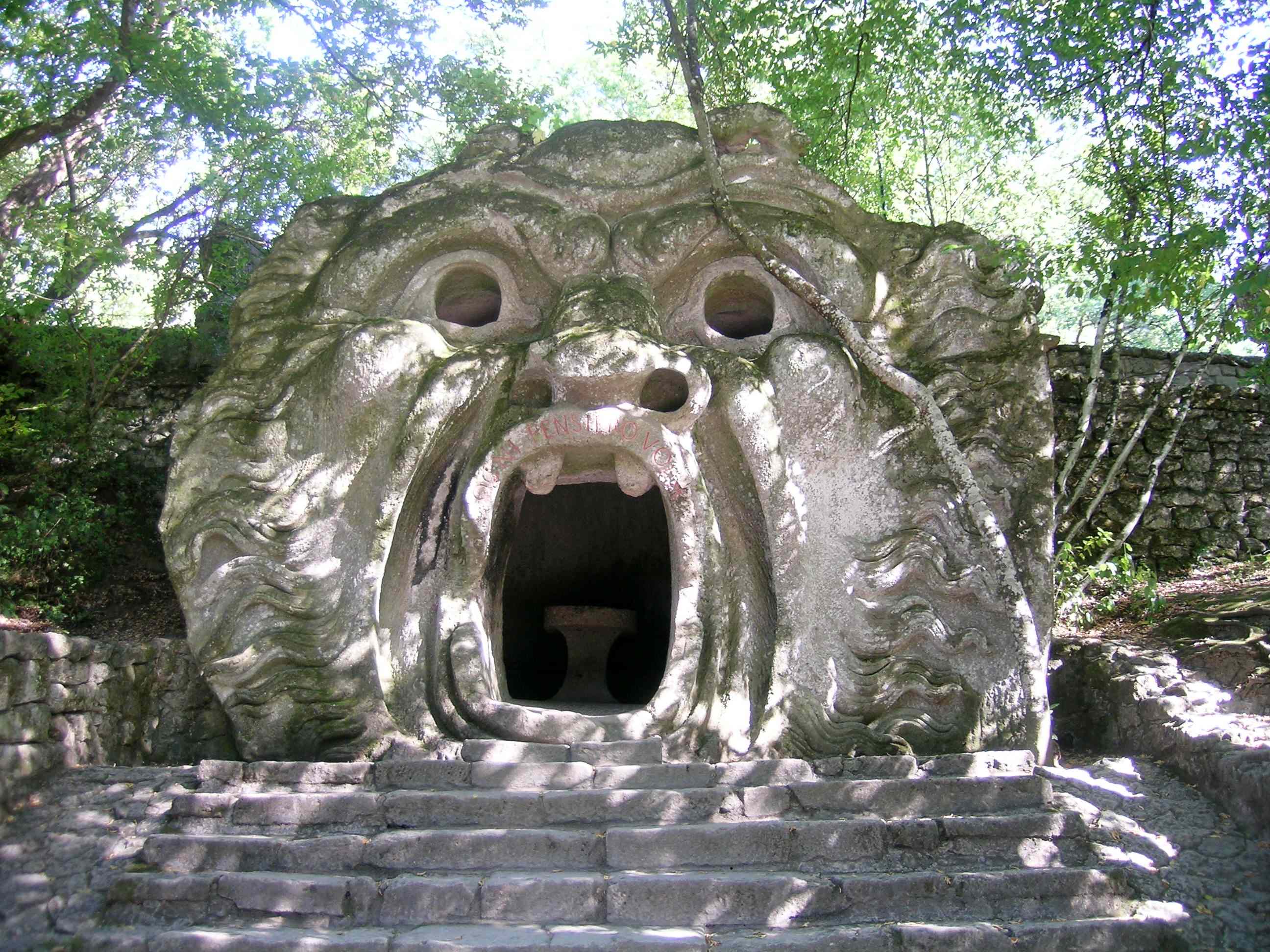
Monsters of Bomarzo Gardens - Bomarzo, Italy
A 16th-century horror show built in a lovely Italian garden
Commissioned in 1552 by Prince Pier Francesco Orsini, The Prince, also known as Vicino, had just been through a brutal war, had his friend killed, been held for ransom for years, and come home only to have his beloved wife die. Racked with grief, the Prince wanted to create a shocking and horrific “Villa of Wonders.” A short of horror movie of its day, the Monsters of Bomarzo are what resulted… (continue reading)
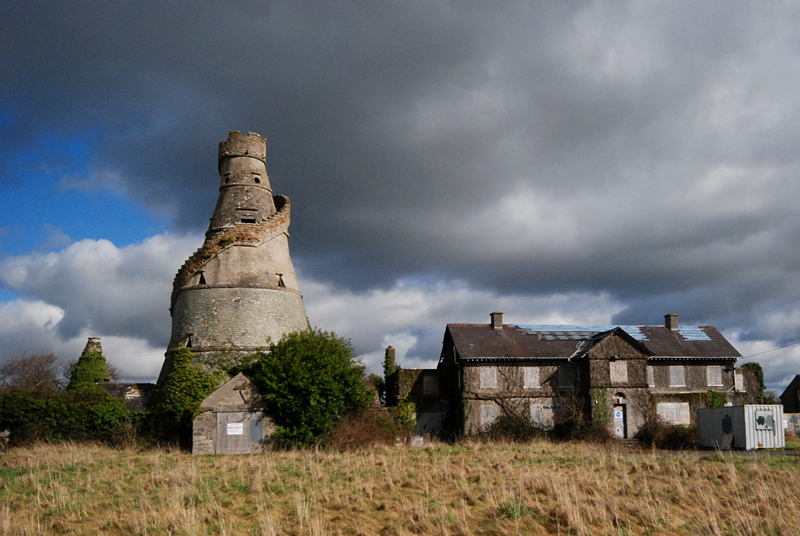
Wonderful Barn - Rye Water, Ireland
Corkscrew-shaped barn in Ireland
Barns tend to be thought of as big, red, wooden and filled with hay and farming tools. Or at least that seems to be the American conception of the barn. In Ireland the Wonderful barn fulfills none of these stereotypes. In fact, it may not have been a barn at all… (read more)

Royal Pavilion - Brighton, England
Regency-era excess on the English coast
Designed in the Indo-Saracenic style and taking well over two decades to complete, the pavilion is filled with the spoils… (continue reading)
 Chinese Village - Tsarskoe Selo, Russia
Chinese Village - Tsarskoe Selo, Russia
A model village fit for an emperor!
Construction on the village began during the reign of Catherine the Great. At the time it was fashionable to emulate Chinese… (read more)
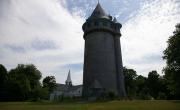 Lawson Tower - Massachusetts
Lawson Tower - Massachusetts
A Medieval water tower in the middle of Massachusetts
Lawson Tower holds the dubious distinction of being the most ostentatious water tower ever created. (continue reading)
Today even those Follies with original functions other than being simply decorative have fallen out of practical use, though the majority of these follies remain open to the public and remain quirky sites worth a visit.
***
Still haven’t gotten your folly fix? Check out Atlas Obscura’s category devoted to Follies and Grottoes!








Follow us on Twitter to get the latest on the world's hidden wonders.
Like us on Facebook to get the latest on the world's hidden wonders.
Follow us on Twitter Like us on Facebook